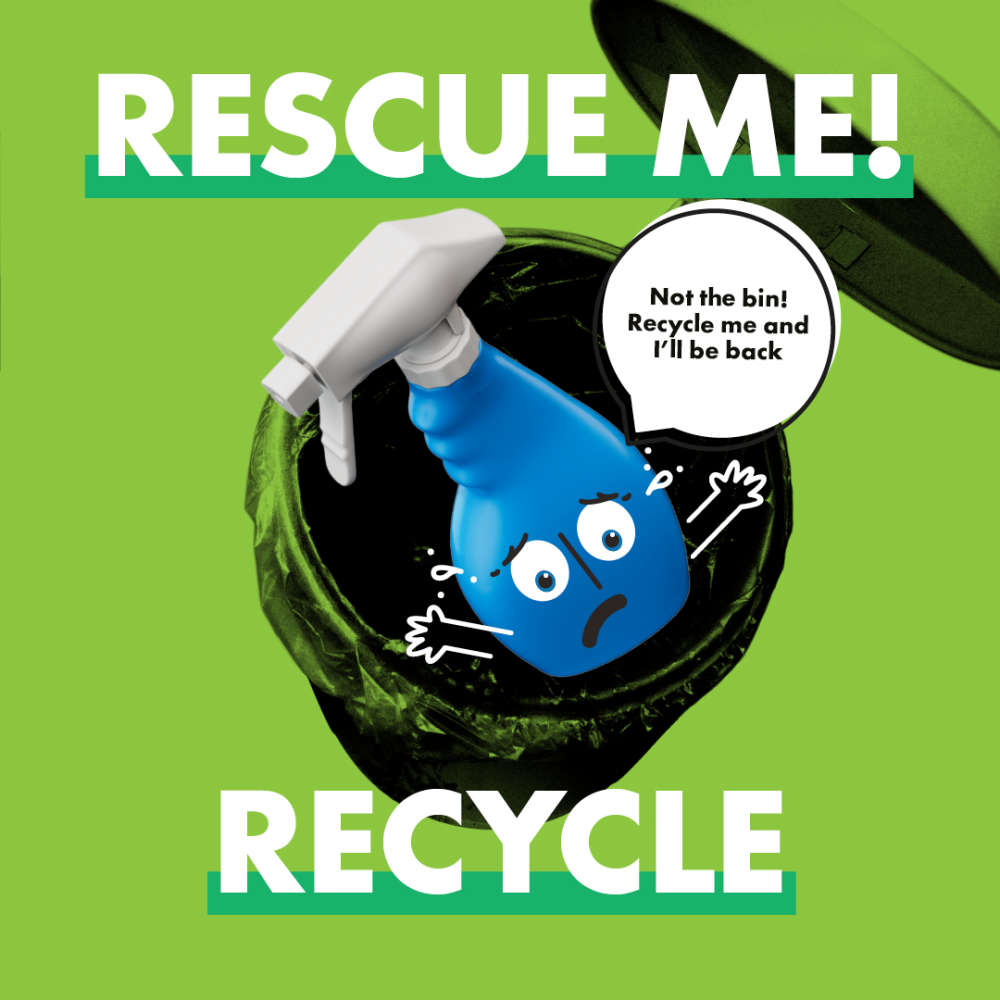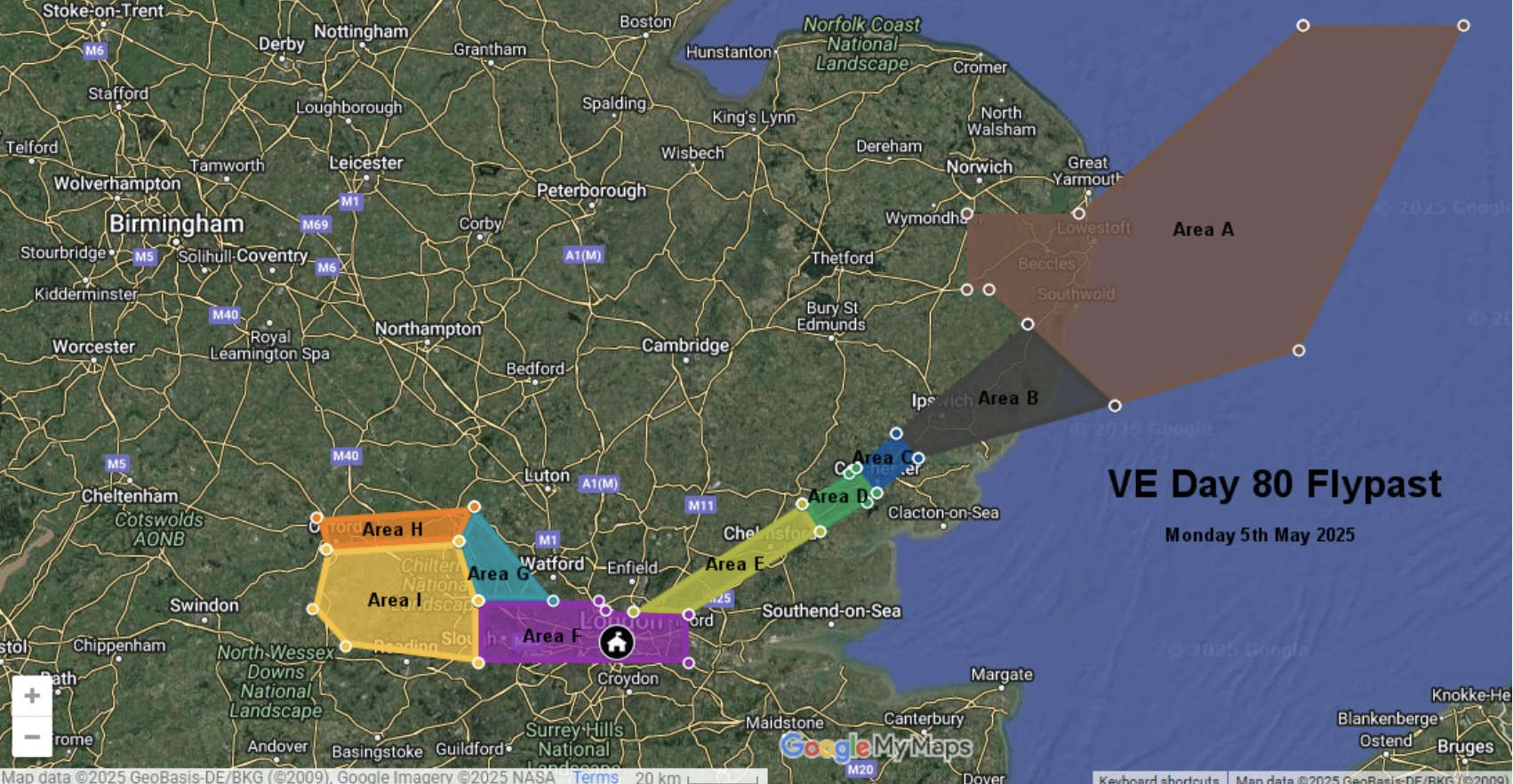
Thames Water has allowed sewage to flow into Chesham’s River Chess for more than 1,000 hours, its latest data shows.
The water company’s ongoing discharge of effluent at the Chesham sewage treatment works began at 6:45am on February 29 and is still going, as of the time of writing.
Thames Water provides near real-time updates about sewage entering the Chess and other watercourses on its online storm discharge map.
At present, the map reads: “Our monitor indicates this storm overflow is currently discharging. This means there could be sewage in this section of the watercourse.”
Storm overflows are used in combined sewer systems – those where sewage water and surface water flow through the same system of pipes.
Water companies use the overflows to discharge excess wastewater and rainwater into rivers and seas during periods of heavy rainfall.
This means the overflows are effectively ‘safety valves’ which help stop flooding and sewage from backing up into people’s homes and streets when sewer systems become overwhelmed.
However, in recent months, there has been widespread criticism of water companies’ use of storm overflows, with some even discharging during dry weather.
Last month, the Environment Agency revealed that Thames Water was among the utility firms whose discharges of sewage into English watercourses doubled in 2023.
The EA’s director of water Helen Wakeham said the grim findings were ‘disappointing but sadly not surprising’.
The EA has launched a criminal investigation into non-compliance by water companies at sewage treatment works, as well as a new whistleblowing portal for water company workers to report breaches.
The revelations of increased sewage discharges come at the same time as Thames Water, which faces a funding crisis, has hiked up its water bills.
A Thames Water spokesperson told the Local Democracy Reporting Service: “We regard all discharges as unacceptable and we have published plans to upgrade over 250 of our sewage treatment works, including at our Chesham Sewage Treatment Works.
“This is currently being upgraded at a cost of £20 million and is expected to be completed this year. The improvements will increase our ability to treat the high volumes of incoming sewage at 353 litres per second and reduce the need for overflows during wet weather.
“The overflows are designed to operate automatically when the sewer network is about to be overwhelmed, by releasing diluted wastewater into rivers, rather than letting it back up into people’s homes.
“Taking action to improve the health of rivers is a key focus for us and we are leading the way with our transparent approach to data. We remain the only water company to provide live alerts for discharges to our customers and environmental groups.”



 South Central Ambulance Service says Rising levels of violence must stop
South Central Ambulance Service says Rising levels of violence must stop
 Buckinghamshire Recycles asks residents to Rescue Me, Recycle
Buckinghamshire Recycles asks residents to Rescue Me, Recycle
 Huge Milestone for Bike ReCycles
Huge Milestone for Bike ReCycles
 VE Day Flypast Scheduled
VE Day Flypast Scheduled
 Aylesbury Library Weeklong Closure
Aylesbury Library Weeklong Closure
 Celebrate St George's Day with a Historical Fayre and Grand Parade in Aylesbury
Celebrate St George's Day with a Historical Fayre and Grand Parade in Aylesbury
 Local Charity brings new investment in patient care
Local Charity brings new investment in patient care
 Waddesdon Resident to run London Marathon
Waddesdon Resident to run London Marathon












